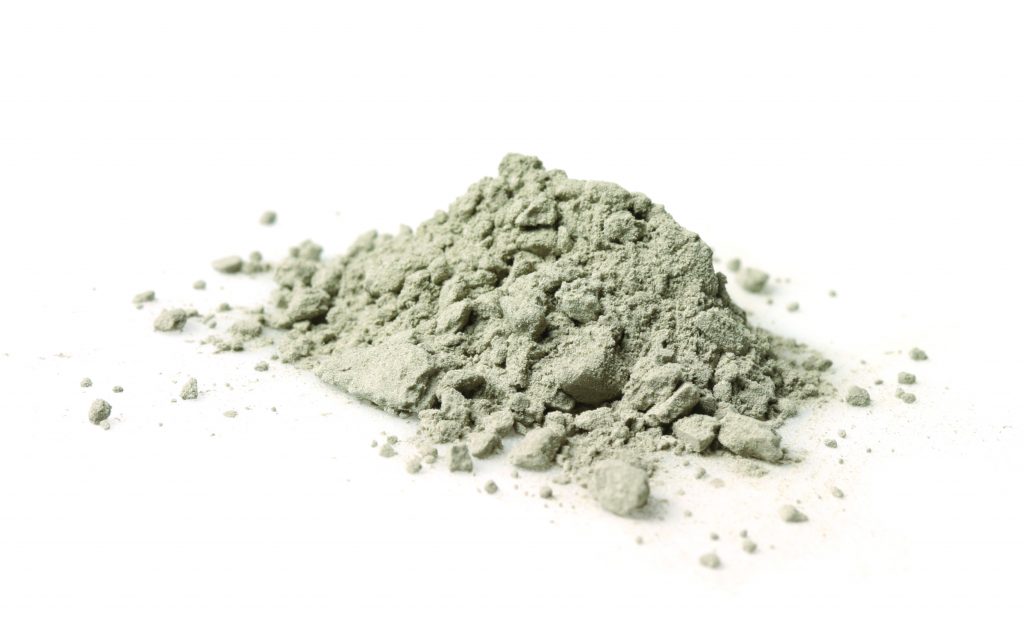Clinker Substitution
The largest source of greenhouse gas emissions from cement manufacturing is due to the chemical process associated with clinker production. This accounts for around 60 per cent of the industry’s total emissions. As limestone (CaCO3) is heated to produce lime (CaO) carbon dioxide (CO2) is liberated. This is a chemical reaction inherent in the production of Portland cement.
Replacing a portion of clinker with other cementitious materials has the potential to realise significant emissions reductions within our sector – without adversely impacting on the performance of the cement. Slag, a waste product of steel manufacturing, and fly ash, arising from coal fired power generation, have cementitious properties and can be used to supplement clinker in cement. The proportion of clinker replaced with slag or fly ash is referred to as the Mineral Addition Rate.
Currently, the Australian Standard (AS 3972-2010) General purpose and blended cements limits the amount of mineral addition in Portland cement to 7.5 per cent. Recent research demonstrates that mineral additions could be increased to 12 per cent without significantly impacting on the performance of the product.
In the US and Canada roads and buildings are regularly constructed with up to 15 per cent limestone addition without impacting performance or application. An increase to 12 per cent allowable mineral addition in the Australian Standard has the potential to reduce total cement industry emissions by around 5 per cent (around 250,000 tonnes) annually.


